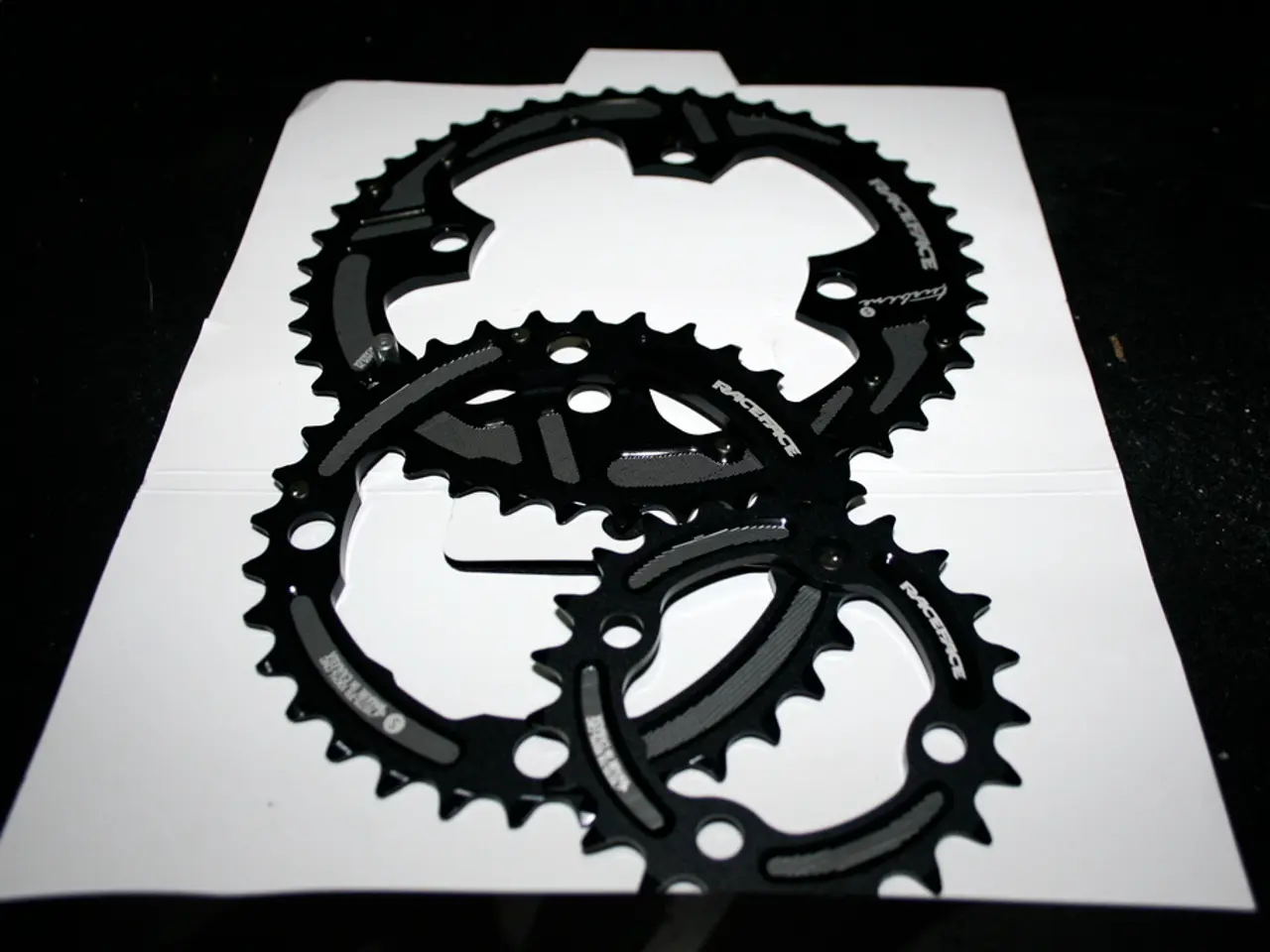Defective system prompts NASA to alter Hubble Space Telescope's target-aiming strategy permanently
The Hubble Space Telescope, a cornerstone of astronomical research, is undergoing a change in its operational mode. Due to a faulty gyroscope, the spacecraft and ground system will need to be reconfigured, allowing the telescope to operate with only one gyro instead of the original six.
The gyro in question has been consistently providing faulty readings, causing the telescope to enter 'safe mode' and suspend science observations. This gyro, which contains an internal wheel that spins at 19,200 revolutions per minute, allowing the telescope to change its direction, is experiencing 'saturation'. A condition where it gives readings indicating the maximum slew rate regardless of the actual speed of the telescope.
This change in operational mode will have some implications. Hubble will have limited observing flexibility, with restrictions on where it can point at any given time. Additionally, the telescope will not be able to track moving objects closer than Mars in one-gyro mode. However, science operations are expected to resume by mid-June, and the Hubble Space Telescope's operational life will continue despite the change.
NASA is also considering whether the new operational mode will affect planned future observing projects. The agency had developed a backup plan to operate the Hubble Space Telescope with one gyro over 20 years ago to extend its lifespan. This decision was made to extend its operational life by conserving the remaining gyroscopes and ensuring continued pointing stability despite some gyroscope failures.
Despite these challenges, Hubble, along with other observatories like the James Webb Space Telescope and the Nancy Grace Roman Space Telescope, is anticipated to continue making new cosmic discoveries for years to come in its one-gyro mode. The one-gyro mode is the best operational mode to prolong Hubble's life and allow it to successfully provide consistent science with fewer than three working gyros.
The Hubble Space Telescope's gyroscopes enable it to move up and down, left and right to focus on celestial targets such as planets, nebulae, galaxies, or star clusters. NASA has attempted to reset the gyro's electronics to return it to normal operations, but these measures have only been temporary.
The decision to operate Hubble in a one-gyro mode may affect its ability to accurately point and slew to celestial targets. In one-gyro mode, Hubble will need more time to slew and locate a target. However, with careful planning and adjustments, the Hubble Space Telescope is expected to continue its valuable contributions to astronomy for the foreseeable future.
Read also:
- Understanding Hemorrhagic Gastroenteritis: Key Facts
- Stopping Osteoporosis Treatment: Timeline Considerations
- Tobacco industry's suggested changes on a legislative modification are disregarded by health journalists
- Expanded Community Health Involvement by CK Birla Hospitals, Jaipur, Maintained Through Consistent Outreach Programs Across Rajasthan








